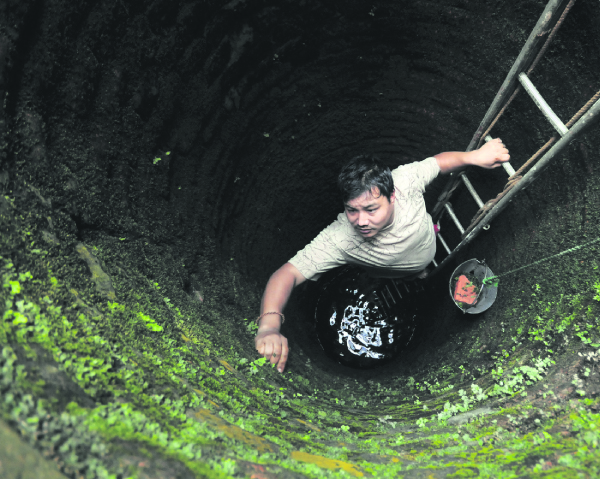People have little knowledge about Sithi Nakha today. Houses are abuzz since the morning, family members gather around and different food items are served, especially Wo (Newari dish made of lentils) and Chatamari (Newari dishes made of rice flour).
But why eat them on Sithi Nakha? “The food items are not just for taste. They are high on carbohydrate, protein, iron, etc. As the monsoon approaches, bodies are exposed to different types of bacteria and these types of food increases the immunity of one’s body,” shared Rajendra Man Bajracharya, a Buddhist priest.
Sithi Nakha is celebrated on this sixth day of the waxing moon, according to the lunar calendar, in the Nepali month of Jestha. This year it fell on Wednesday, May 31.
According to Hindu mythology, it is said that the day is dedicated to Lord Kumar Kartikeya, first son of Lord Shiva and Goddess Parvati. Another name for the day is Kumar Shashthi.
Newar people observing Sithi Nakha festival today


Some groups within the Newari community also worship their guardian deity on this day, also known as dewali puja. “Both Buddhist and Hindu devotees have different way of celebrating this day and based on how they celebrate, family trees can be traced,” priest Bajracharya added. “We worship our kuldevta and pray for a healthy life. Our family sits together and we feast on samaybaji (a set including beaten rice, meat, garlic etc) with different types of Wo. It is also a day when we welcome newly-wedded brides to the family.” Anjila Shrestha of Kalanki shared.
Meanwhile, as water level is believed to be the lowest at this time of the year, people of the Newari community can be seen cleaning their surroundings and water resources (stone spouts and wells) before monsoon. It is also believed that by doing so, people get ready to welcome the monsoon.
Sharing his memories, Anil Tuladhar from Bungamati says, “We prepare offerings for mother Earth and also make paper fans on this day, but I don’t know why exactly.”
Priest Bajracharya clarified that historically fans were used as a signal for strong winds. But the practice has either been dropped or modified today.
Also, during this time of the year, devotees worship and bathe the idol of Sithi Kumar, based in Jaisidewal. The festival goes on for four-days and ends on the day of Sithi Nakha.




































